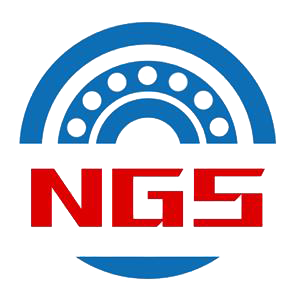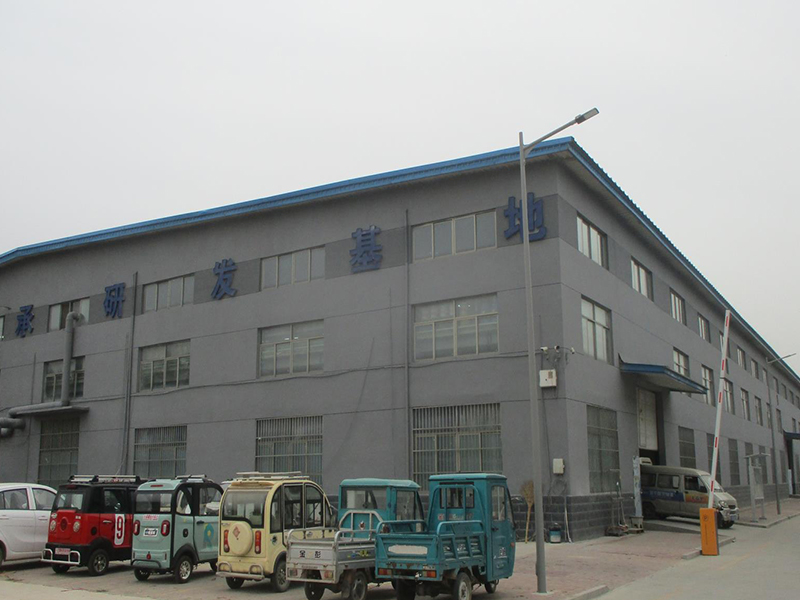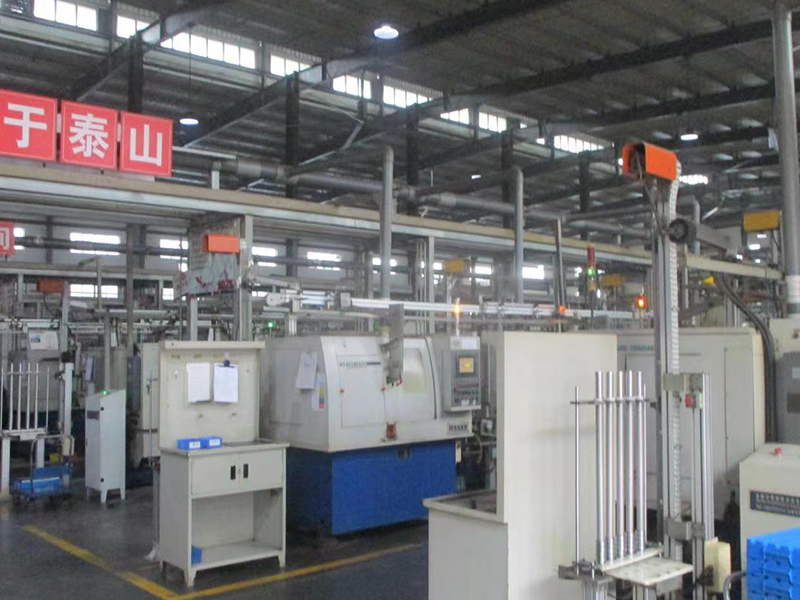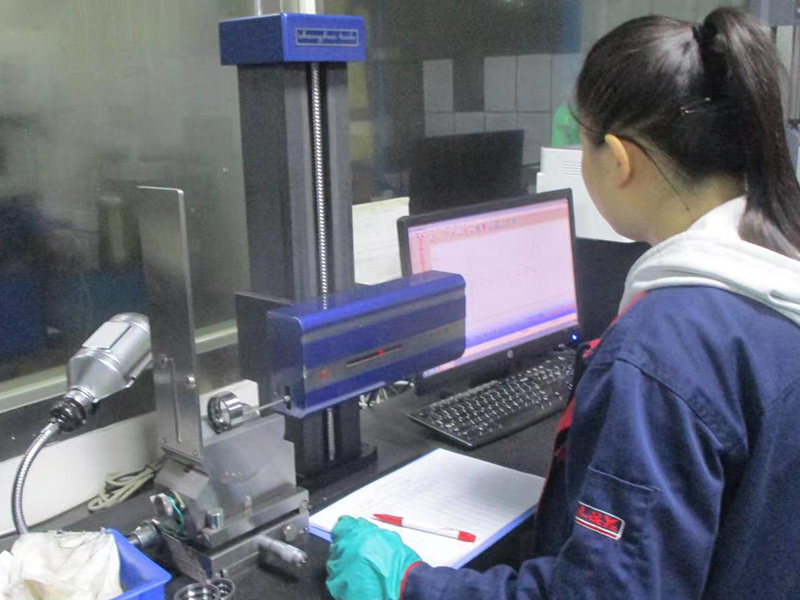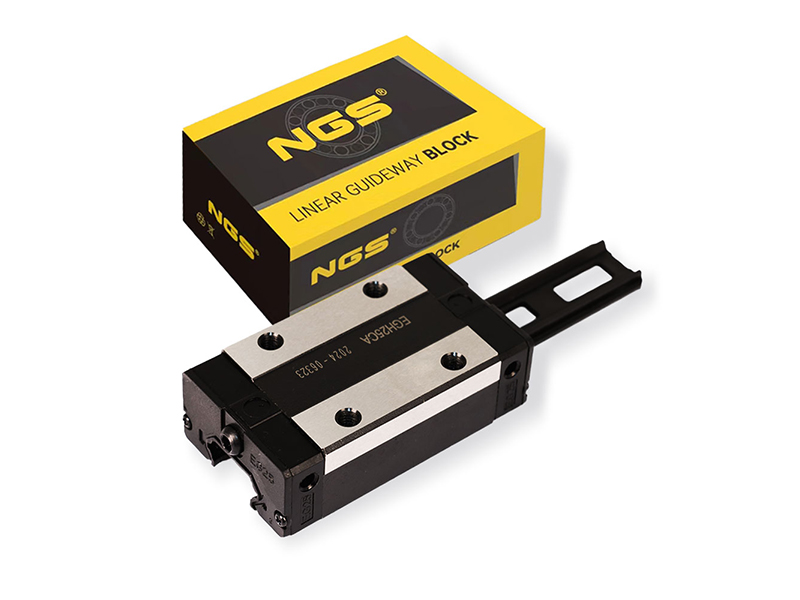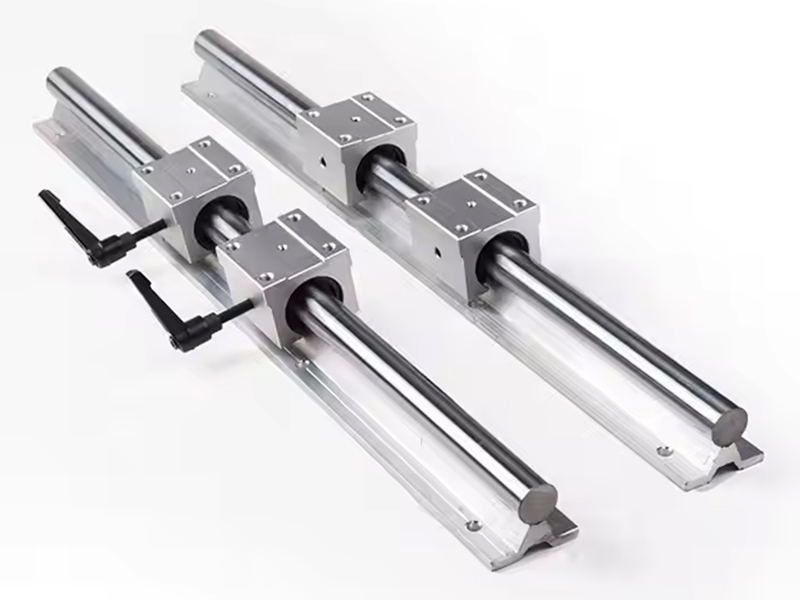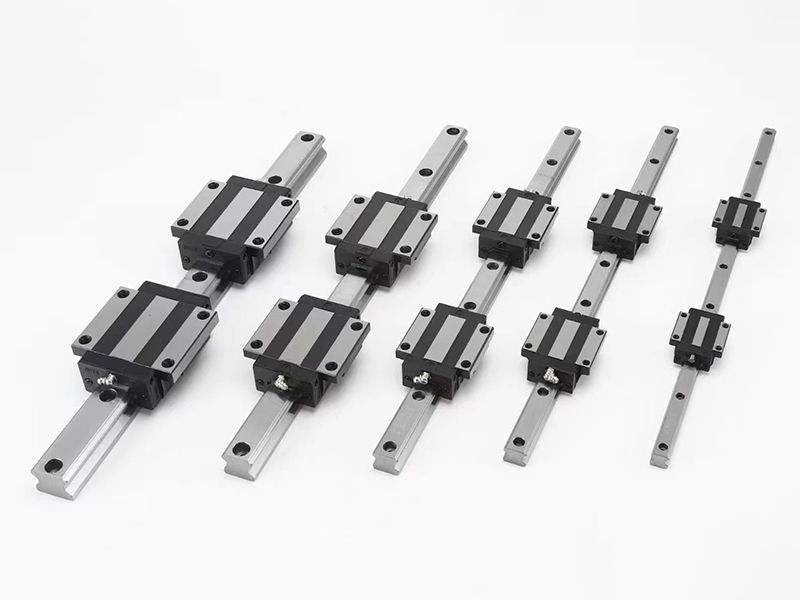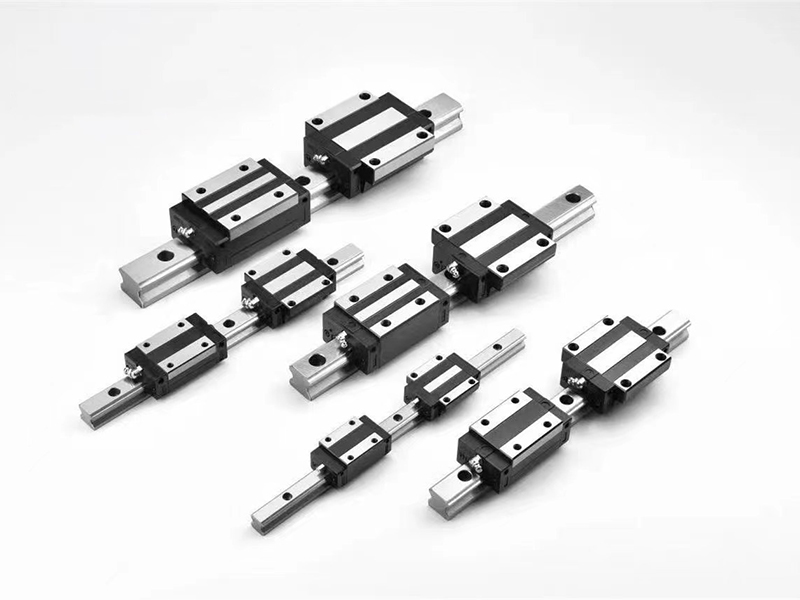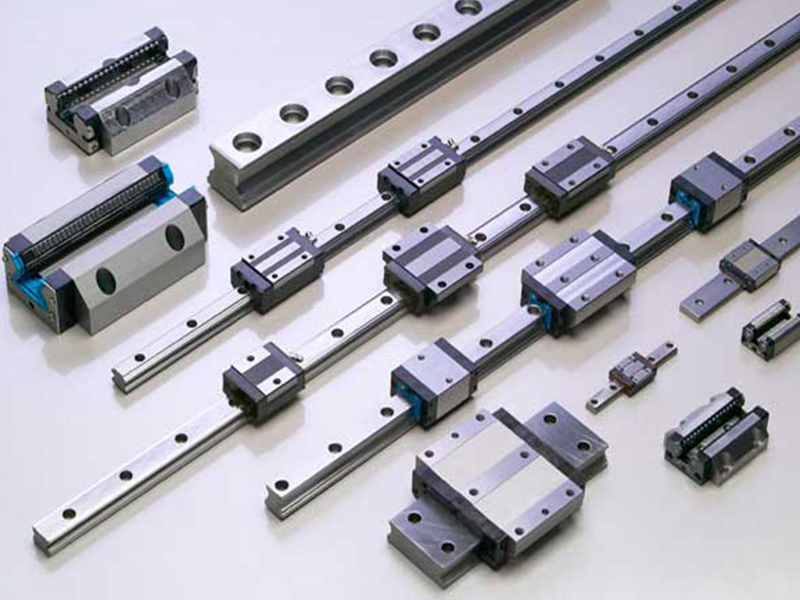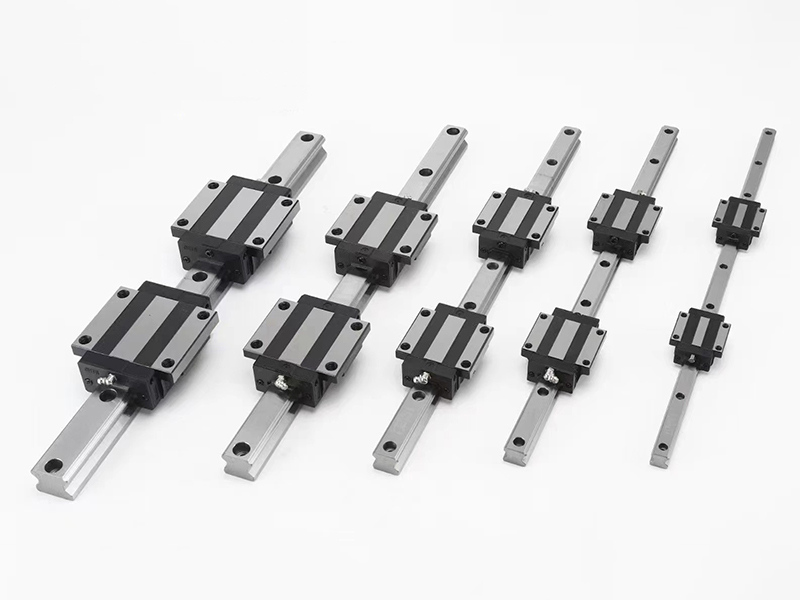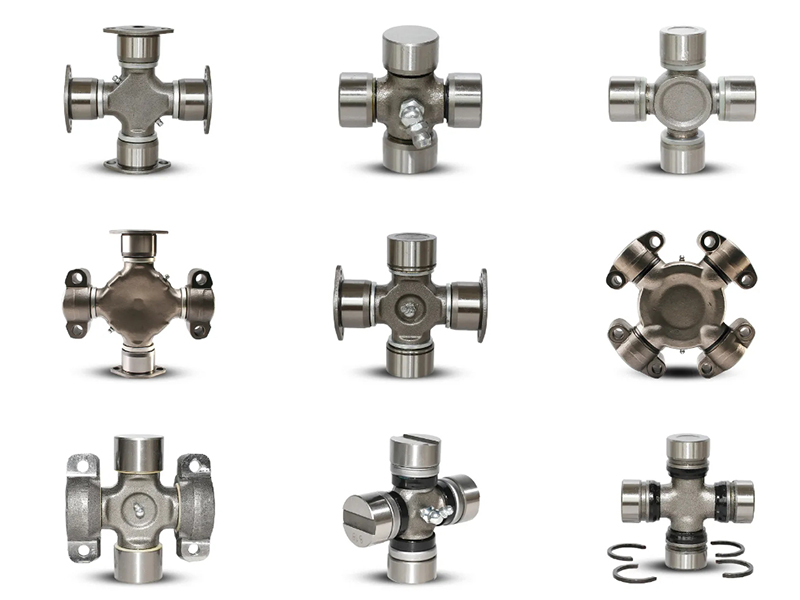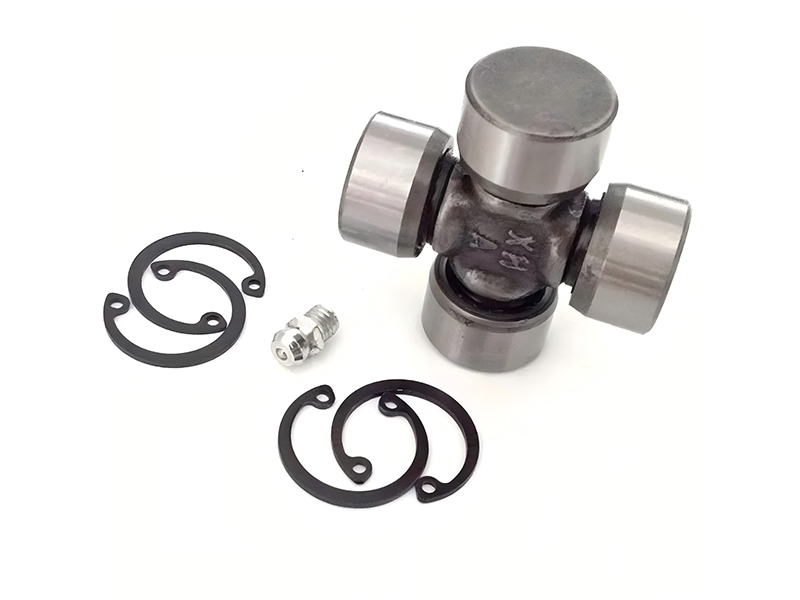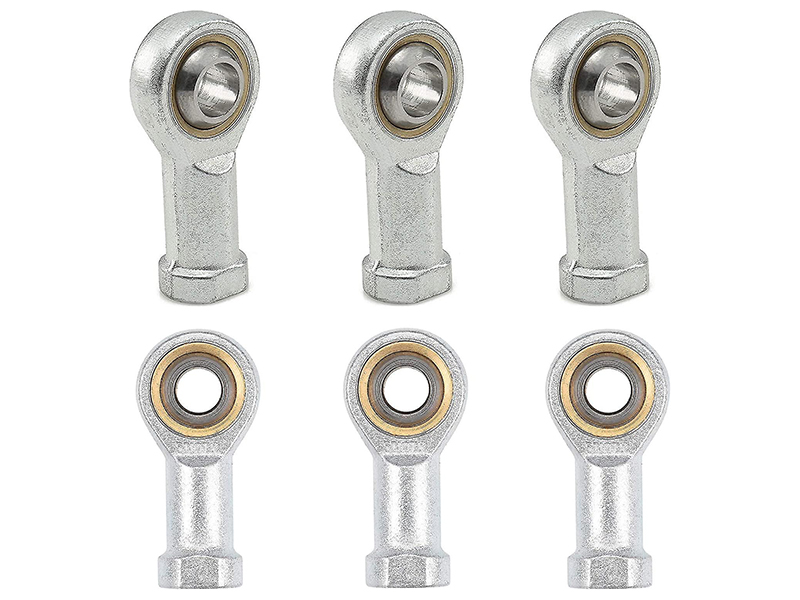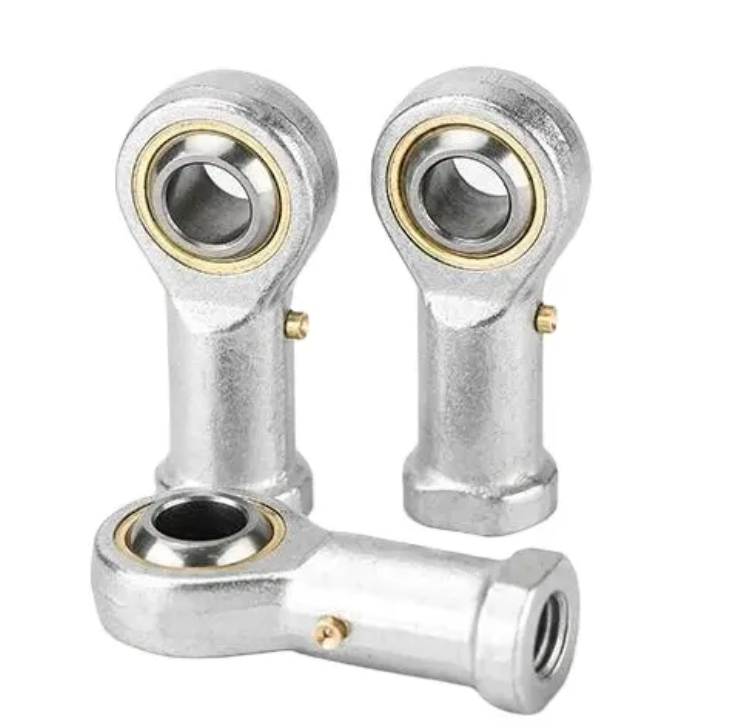Linear Guides Witness Explosive Growth in Automation and Robotics Applications
The global industrial automation and robotics sectors are experiencing unprecedented growth, driven by advancements in smart manufacturing, artificial intelligence (AI), and the increasing demand for precision motion control. At the heart of this transformation are linear guide systems, which play a critical role in ensuring high-speed, high-accuracy, and reliable movement in machinery.
With the rise of Industry 4.0, collaborative robots (cobots), and semiconductor manufacturing, the linear guide market is projected to expand at a CAGR of 8-10% from 2025 to 2030. This report explores the key drivers, technological advancements, regional trends, and future opportunities shaping this dynamic industry.
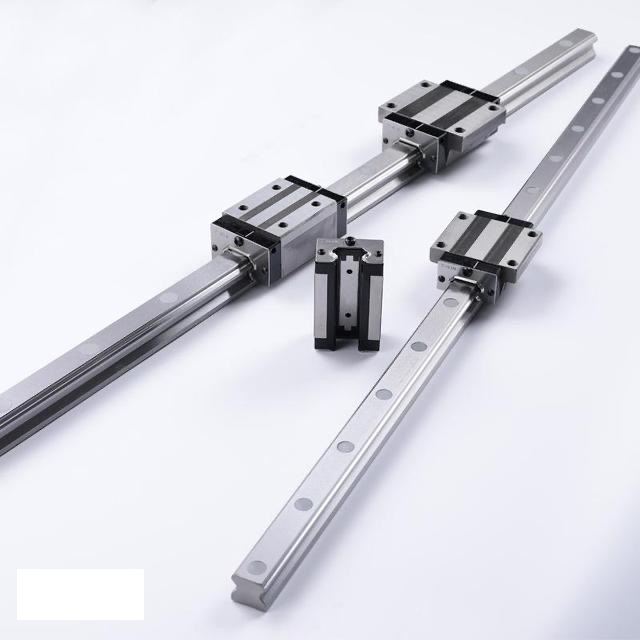
1.Market Growth Drivers
1.1 Rising Demand for Industrial Automation
Manufacturing sectors worldwide are shifting toward smart factories, where automated production lines require high-precision linear guides motion systems.
Industries such as automotive, electronics, and packaging rely on linear guides for CNC machines, pick-and-place systems, and automated assembly lines.
The global industrial automation market is expected to exceed $400 billion by 2030, further accelerating the adoption of linear guides.
1.2 Expansion of Robotics Applications
Collaborative robots (cobots) and SCARA/Delta robots depend on smooth, low-friction linear guides for precise movement.
The logistics and warehousing sector is adopting autonomous mobile robots (AMRs) with advanced linear guides motion systems for material handling.
According to the International Federation of Robotics (IFR), robot installations grew by 12% in 2023, with Asia leading adoption.
1.3 Semiconductor and EV Battery Manufacturing Boom
Semiconductor wafer handling and lithium battery production require ultra-precise linear guides to minimize vibration and ensure micron-level accuracy.
Companies like TSMC and Samsung are investing heavily in automation, driving demand for high-performance linear motion solutions.
2. Technological Advancements
Leading manufacturers like THK, HIWIN, and NSK have introduced self-lubricating linear guides, reducing maintenance needs by up to 30%.
Roller-based guides (e.g., Bosch Rexroth’s Rexroth Linear Motion Technology) offer higher load capacity and longer service life.
2.2 Smart Linear Guides with IoT Integration
Predictive maintenance is becoming a standard feature, with embedded sensors monitoring wear and tear in real time.
Bosch Rexroth’s ActiveCockpit and THK’s i-Series provide data-driven insights to optimize performance.
2.3 Miniaturization for Precision Applications
Medical robots and micro-assembly systems require ultra-compact linear guides, such as IKO’s LM Miniature Guides.
3D printing and optical alignment systems are adopting low-profile linear rails for enhanced stability.
3.Regional Market Trends
3.1 Asia-Pacific: The Largest and Fastest-Growing Market
China, Japan, and South Korea dominate production, with companies like HIWIN (Taiwan) and TBI Motion (China) expanding globally.
Government initiatives (e.g., China’s "Made in 2025") are boosting domestic linear guide manufacturing.
3.2 Europe: Focus on Sustainability and High-End Manufacturing
Germany and Italy lead in high-precision automation, with companies like Schaeffler and SKF developing energy-efficient linear guides.
The EU’s Green Deal is pushing for eco-friendly motion control solutions.
3.3 North America: Robotics and Aerospace Demand
The U.S. is a key market for defense and aerospace applications, where linear guides are used in satellite positioning systems and UAVs.
Automotive automation (e.g., Tesla’s Gigafactories) is driving demand for heavy-duty linear motion systems.
4.Challenges and Opportunities
4.1 Supply Chain and Cost Pressures
Raw material price fluctuations (e.g., steel, aluminum) impact manufacturing costs.
Geopolitical tensions are prompting companies to diversify supply chains.
4.2 Customization for Emerging Applications
End-of-arm tooling (EOAT) in robotics requires specialized linear guide designs.
Additive manufacturing (3D printing) is opening new possibilities for lightweight, high-strength guides.
4.3 Competitive Landscape
Japanese and German brands (THK, NSK, Bosch Rexroth) dominate the premium segment.
Chinese manufacturers (HIWIN, TBI Motion, SBC Linear) are gaining market share with cost-effective alternatives.
The linear guide industry is at the forefront of the automation revolution, with robotics, semiconductor manufacturing, and smart factories driving demand. As technology evolves, companies that invest in IoT-enabled, high-precision, and sustainable solutions will lead the market.
For industry players, the key to success lies in innovation, supply chain resilience, and strategic partnerships to capitalize on the booming automation era.
